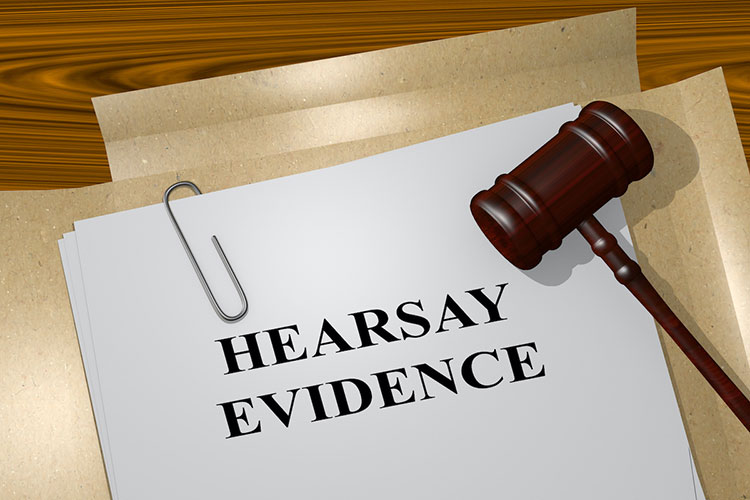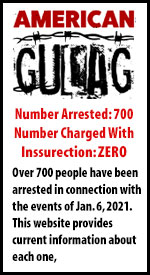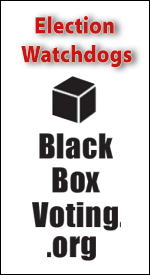How to Defeat Claims of “Business Record Exception” to the Hearsay Rule.

By Neil Garfield
LivingLies.me
It is the absence of evidence that becomes evidence of absence.
Suppose you ask any litigator who has experience in defending foreclosure claims. In that case, they will tell you that there is absolutely no doubt that all current claims asserting the right to administer, collect and enforce the implied loan account due from the homeowner are entirely based upon documents introduced to the court as business records.
And because this seems to be some confusion on the point, let me say the obvious: business records are a record of business undertaken by the business whose records are being introduced.
If someone introduces a payment history as a business record, the matter being asserted is that the company whose name appears as the author of the record has created a history of payments that it received.
There can be no other "interpretation." If they did not receive payments, their payment history is simply a report based on either fictitious data or accurate data from parties who did receive payments and, therefore could produce a record of receipt.
This all seems very obvious to me and to any trial lawyer that you might speak with who has experience in the courtroom. And yet I still get the question from both homeowners and lawyers regarding the strategies and tactics of overcoming statutes and case law allowing the introduction of business records.
My first response is that you need to understand that by blocking the introduction of those reports masquerading as business records, you completely block the ability of the attorney for the foreclosure mill to prove his or her case. The inability or unwillingness of lawyers (and frequently homeowners) to accept this simple proposition accounts for nearly all of the losses in court.
And in my continuing effort to simplify things, let me define the hearsay rule. First of all, it exists to prevent lying in court. All evidence that is allowed to be admitted into the court record must have some probative value by corroborating the truth of the matter that is asserted.
In foreclosures, the matter asserted is that an existing unpaid loan account is due from the homeowner, who has failed to make scheduled payments to the creditor who owns that account. Once again, it is the inability or unwillingness of lawyers (and frequently homeowners) to accept this proposition and starting point that accounts for all the negative decisions reached in trial courts and appellate courts.
The hearsay rule is a rule against hearsay. It means that a statement will not be allowed in evidence even if it tends to corroborate the matter that is asserted by the claimant. The circumstances under which this happens is very simple: the person who authored the statement by voice or in writing must be present in court to be cross-examined.
The exception to this rule is the "business records" exception. In an effort to move things along, the statutes and rules governing the introduction of evidence allow for certain types of hearsay if they are cloaked in credibility, such that no reasonable person would contest the source or the data reported in the statement. The specific exception discussed in this article is created for records of business done by an organization that has no stake in the outcome of the litigation and is otherwise a credible source.
So the first thing to be discussed is whether or not the organization actually performed any functions about which it could create records. As I have explained in other articles, it appears to be 100% true that any name associated with the function of "servicing," does not perform any of the attributes or functions of a "servicer." Those functions are performed by third-party financial technology companies whose relationship with the "servicer" is neither disclosed nor alleged, much less proven.
The second point rarely discussed anywhere is the source's credibility and the requirement that the source may not have a stake in the outcome of litigation. As it turns out, neither the virtual "servicer" nor the actual financial technology servicers can fulfill that requirement. So that question in court becomes an issue of whether the proponent of the report must establish that the apparent source of the report has no stake in the outcome of the litigation. This might be very difficult for select portfolio servicing, for example, which is owned by Credit Suisse, which works in tandem with JPM Chase.
The counterpoint to this line of thinking violates due process. If one were to put the burden on the homeowner to prove that the organization had no stake in the outcome without first requiring an assertion or allegation to that effect, then the rules would be violated. No person subject to a claim should be required to defend it without someone making the allegation or assertion.
Once that is in issue, discovery must be allowed seeking corroboration. That will be very uncomfortable for both the lawyer for the foreclosure mill and the company named as servicer, since they are not performing any servicing functions --- contrary to the representations and arguments made in court.
The business records exception is merely intended to be a shortcut to what would happen anyway if the proponent of the record was required to prove the contents using direct testimony, receipts etc. The failure to qualify as an exception to the hearsay exclusion of testimony or documents should only be a slight bump in the road. But it turns out this is not just a slight bump in the road for the lawyers representing the foreclosure mills. Without the court accepting copies of written reports, the lawyer for the foreclosure mill has no evidence to prove the truth of the matter asserted: that the homeowner has breached a duty to the designated or named creditor.
And that inevitably leads to rebutting the preliminary assumption that there was a "default" suffered by the designated named claimant. This one is difficult to understand. If you trust it, you will likely win your case, even if you don't understand why.
So how do you challenge the business record?
First of all, you don't challenge it by making a contrary allegation.
Second, you don't challenge it until they refuse to corroborate the truth of the matter being asserted. So if somebody introduces a document they say is a business record, the opposition has every right to ask whether the record was produced during the course of doing business with the homeowner and with creditors and to demand documents that corroborate that.
If those documents are not forthcoming, the homeowner must seek an order from the court commanding the pleader to produce the documents. And then, once it is established that there is continued noncompliance, you seek a negative inference as an evidentiary sanction for failure to comply with the rules of discovery and failure to comply with the court's order.
A direct challenge to the record as a business record will always meet with failure because of the presumptions arising from the apparent facial validity of the document. In addition, the foundation testimony accepted today is much more generous and liberal than what we might consider right and proper. But those of the rules. The only way you can shift that burden is by showing that the attorney for the opposition has either failed or refused to comply. It is the absence of evidence that becomes evidence of absence.

















